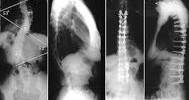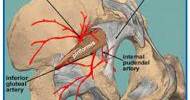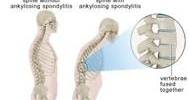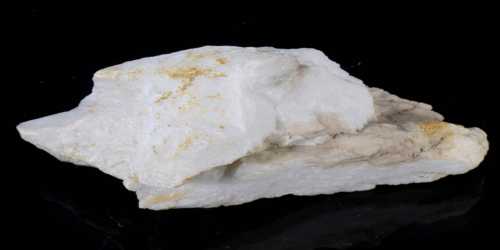Muscles, tendons, ligaments, and nerves are examples of soft tissues. Unnecessary stress on the spine can cause injury to these tissues. Consider the following information to get a sense of how stress affects the spine. Keep in mind that when proper posture and body mechanics are used, the numbers are relatively accurate.
Back pain affects many people at some point in their lives, and one of the most common causes is damage to the spine’s squishy discs or flexible, rubbery tissues. However, current imaging methods make it difficult to detect this damage at an early stage. By targeting denatured collagen with fluorescent molecules, researchers report in ACS Nano that they can see microscopic soft tissue destruction in animal spines.
Early detection of compromised collagen could help patients get relief before the pain becomes severe, but this is extremely difficult with current medical technologies such as X-rays and magnetic resonance imaging (MRI).
Yang Li
When the soft and protective tissues of the spine, including the cartilage and jelly-like intervertebral discs, become damaged and lose their structure, it can cause pain anywhere along the spine, from the neck to the tail bone. The collagen proteins that give these tissues their bounce and flexibility can be degraded and unfurled by daily wear and tear as well as some disorders such as facet joint osteoarthritis or ankylosing spondylitis.
Early detection of compromised collagen could help patients get relief before the pain becomes severe, but this is extremely difficult with current medical technologies such as X-rays and magnetic resonance imaging (MRI). Yang Li and colleagues previously developed collagen hybridizing peptide (CHP) probe that specifically binds unfurled collagen molecules, which occur when collagen deteriorates and loses its ability to cushion vertebrae. As a result, Li, Kuibo Zhang, Hong Shan, and colleagues wanted to see if CHP labeled with fluorescent tags could be used as an imaging method to detect collagen destruction in the body.
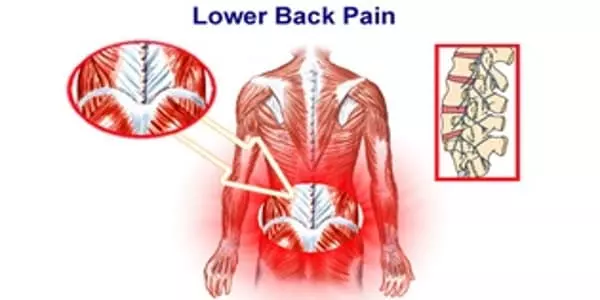
The researchers modified CHP by replacing a hydroxyl group with fluorine and then attaching a fluorescent dye to it to make the peptide probe more stable in the body. The team was able to confirm that the fluorescing molecules accumulated on the soft tissues between the vertebrae after injecting healthy mice and rats with the fluorescent dye-labeled CHP and imaging them with near-infrared fluorescence (NIRF). The researchers then removed a section of the animals’ spines and photographed them using light-sheet fluorescence microscopy. This method created precise 3D maps that revealed denatured collagen.
Because CHP is known to specifically target damaged collagen, the researchers claim that their imaging experiments show that even healthy animals can have a minor degree of deterioration around load-bearing joints, particularly in the lower back. In additional experiments, the new method’s NIRF images and 3D maps detected collagen deterioration in animal models of spinal injury before structural changes in tissues were visible on MRI scans. Finally, the researchers stained intervertebral disc slides from people who had spinal surgeries with dye-labeled CHP. The intensity of the stain’s fluorescence increased significantly as the level of disc degeneration increased. Based on these findings, the researchers believe that their molecular-level technique could be used in clinical trials to provide earlier diagnosis and targeted therapeutic treatments for patients suffering from back pain.
Soft tissue injuries occur when the body’s muscles, tendons, or ligaments are traumatized. These injuries can occur suddenly – for example, stepping too sharply and spraining an ankle – or gradually as a result of overuse.
Many people sustain soft tissue injuries when they do not allow their muscles to fully recover from a workout and instead continue the routine at a higher intensity. As a result of this pattern, the muscles used may sustain trauma or strain.
When forced to work beyond its capacity, muscle tissue can become strained. Regular exercise strengthens muscles, allowing them to work harder for longer periods of time. Muscles are the workhorses of the spine. Sprains and strains can affect ligaments and tendons in addition to muscle tissue. Ligaments connect bone to bone, while tendons connect muscle to bone. A sprained ligament is exemplified by a sprained ankle.

